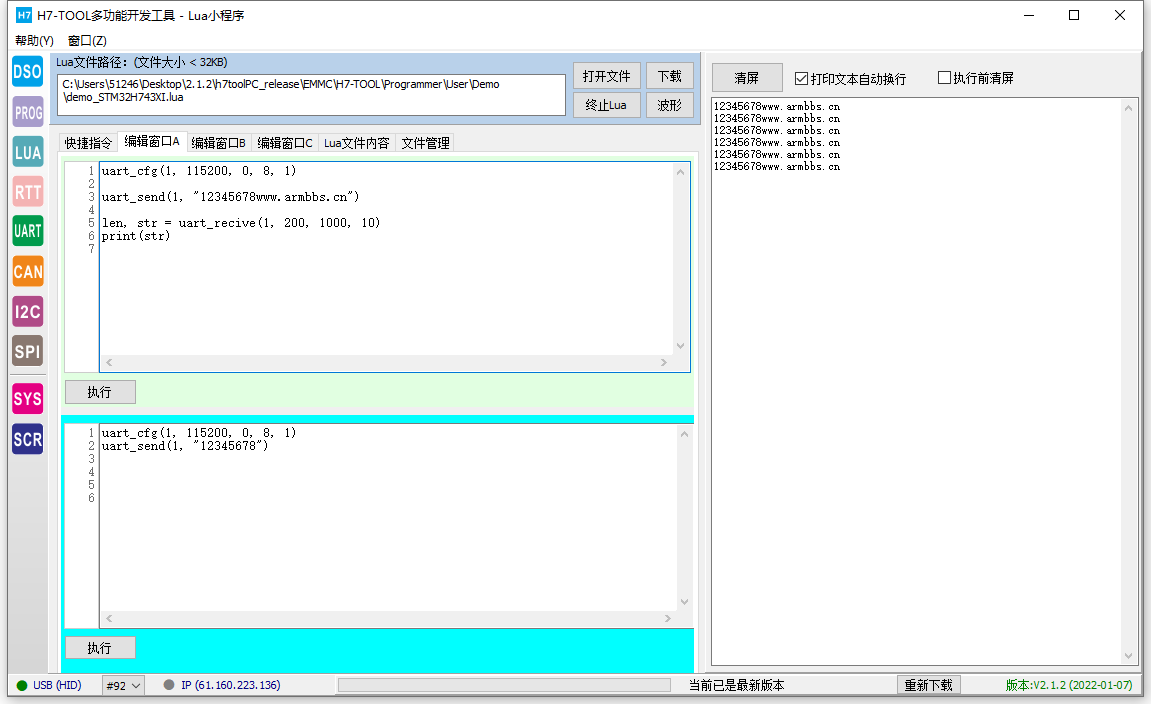Summary address of previous weekly reports: http://www.armbbs.cn/forum.php?mod=forumdisplay&fid=12&filter=typeid&typeid=104

Two video tutorials were released this week:
1. STM32H7 video tutorial phase 1: get to know the preparation of STM32H7, understand the Cortex-M7 kernel, MDK, IAR, Embedded Studio, stm32cube IDE and VS Code
https://www.armbbs.cn/forum.php?mod=viewthread&tid=110541
2. STM32H7 video tutorial phase 2: the bus matrix of STM32H7 extends in all directions and controls H7 as a whole from the system framework
https://www.armbbs.cn/forum.php?mod=viewthread&tid=110599
Video version
https://www.bilibili.com/video/BV1yL411c7pj
Graphic version
1. ARM's first Morello evaluation board with a new security zoning architecture has been delivered to researchers
https://www.arm.com/why-arm/architecture/cpu/morello
https://www.cl.cam.ac.uk/research/security/ctsrd/cheri/
ARM has launched the first version of a new compartment security microprocessor design called Morello (Morello is part of a five-year research plan led by ARM), which may fundamentally change the development and programming mode of future processors to improve built-in security.
A powerful function of partitioning is that even if a compartment is destroyed by an attacker, the attacker cannot break through the compartment to access any other information or take full control of the computing system.
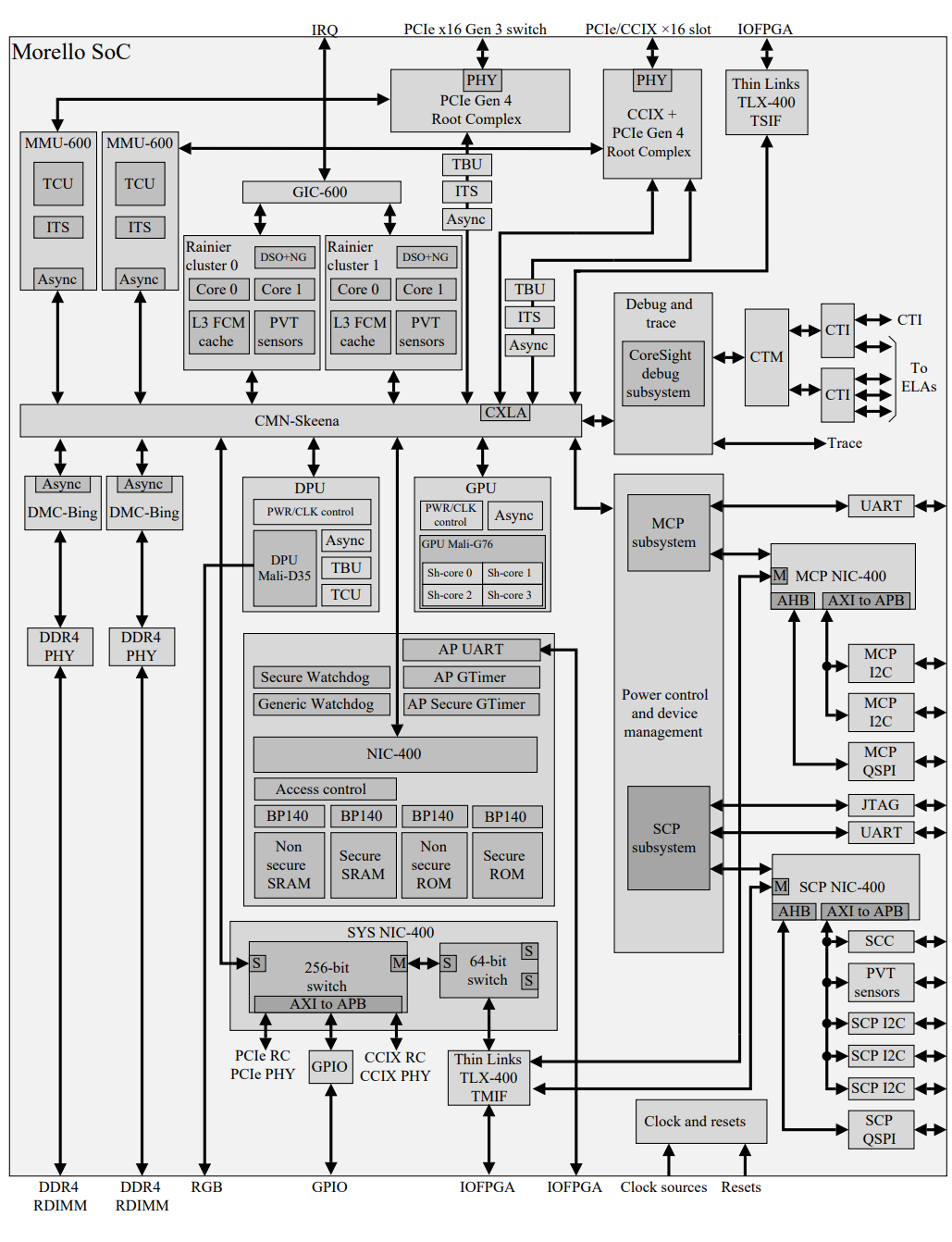
2. Samsung implements MRAM based memory computing devices
https://www.tomshardware.com/new ... in-memory-computing
https://www.nature.com/articles/s41586-021-04196-6
MRAM can not be used in this kind of architecture because of its low resistance. MRAM has some very attractive characteristics for memory computing, that is, its nonvolatile, running speed, durability and economy of large-scale production.
The key architecture innovation of Samsung research group is to test 64 based on MRAM unit × 64 array, "the array overcomes the problem of low resistance by using the architecture of analog multiplication and accumulation using resistance summation.
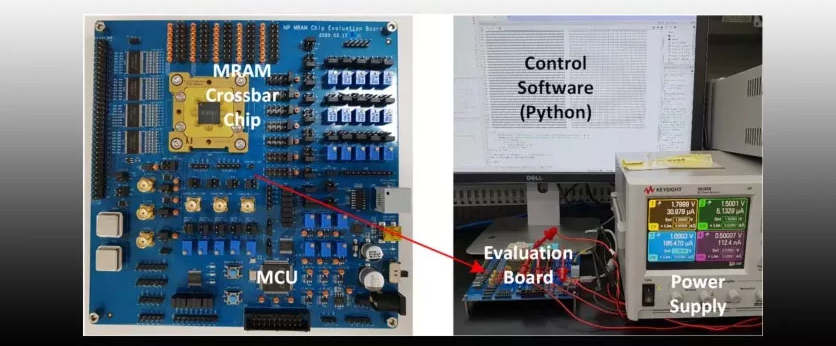
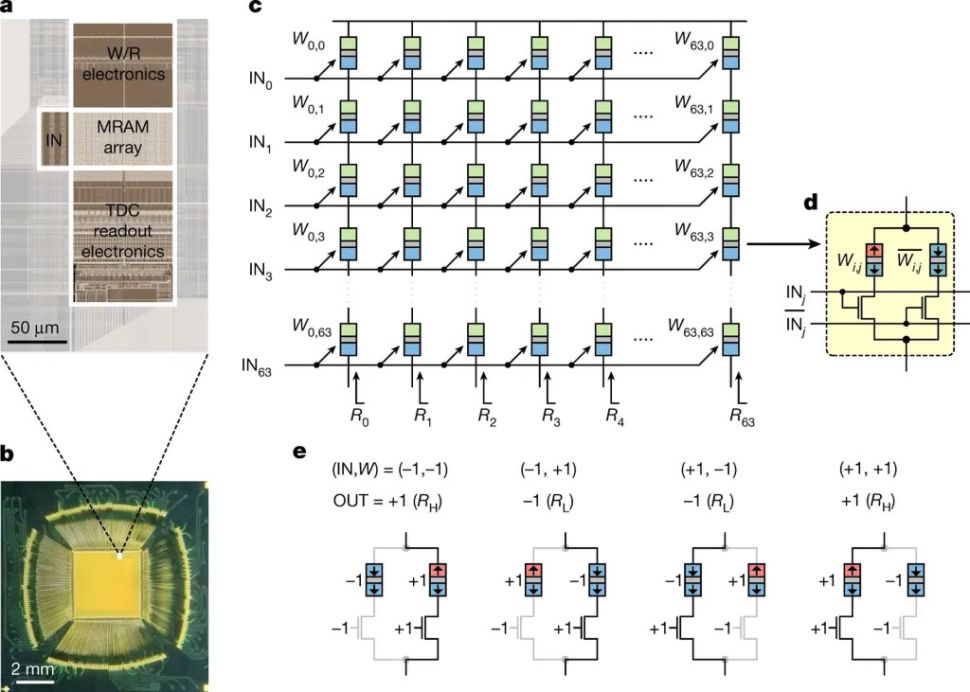
Supplement: About MRAM (magnetoresistive random access memory)
A nonvolatile memory technology has been developed since the 1990s. Proponents of this technology believe that the speed of this technology is close to SRAM, has the nonvolatile nature of flash memory, does not lose DRAM in capacity density and service life, and the average energy consumption is much lower than DRAM, becoming a real general-purpose memory.
Compared with FRAM ferroelectric, MRAM has stronger performance, faster reading and writing speed, supports unlimited reading and writing, and has an ultra wide temperature resistance range, which can realize data recording for more than 20 years.
3,Qt6.3 Alpha began to launch a new version of Qt Quick Compiler compiler for commercial users
https://www.qt.io/blog/the-new-qt-quick-compiler-is-coming-in-qt
The purpose of the new version of Qt Quick Compiler is to make QML run "close to the speed of native mode". With the launch of subsequent versions, it is hoped that the startup and running speed can be increased by 30%

4. Onera Health launched its first ONERA biomedical lab on chip, an ultra-low power biosensor processor for wearable health
https://www.onerahealth.com/upda ... p-at-ces-2022/id=48
ONERA biomedical lab on chip is a multi-channel sensor readout system,
(1) M4 kernel.
(2) It includes 10 ExG readings, including ECG (biological potential signal ECG), EMG (electromyography), EOG (electrooculography) and EEG (electroencephalogram). The data can be processed by on-chip digital filter and accelerator.
(3) The chip has several standard wired interfaces, such as UART, SPI, I2C and I2S.
(4) The chip is completely powered by a single power supply, which can be any power supply between 0.8V and 3.6V.
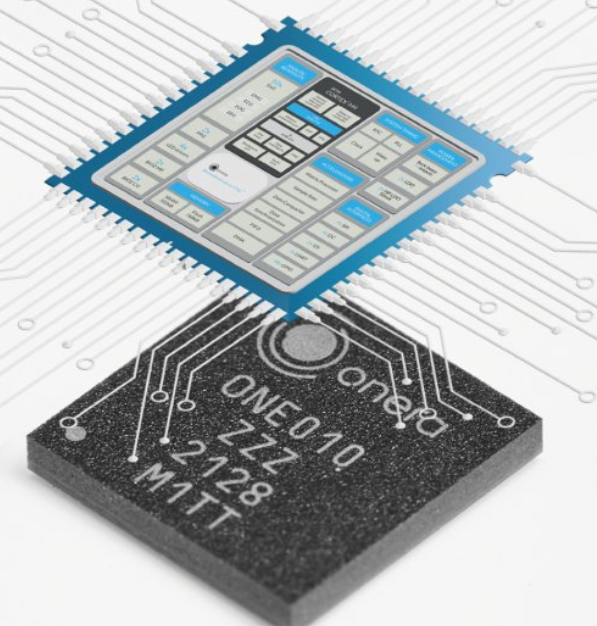
5. An open source project to reproduce the classic Casio Watch
https://github.com/joeycastillo/Sensor-Watch
https://www.crowdsupply.com/oddly-specific-objects/sensor-watch
Specifications:
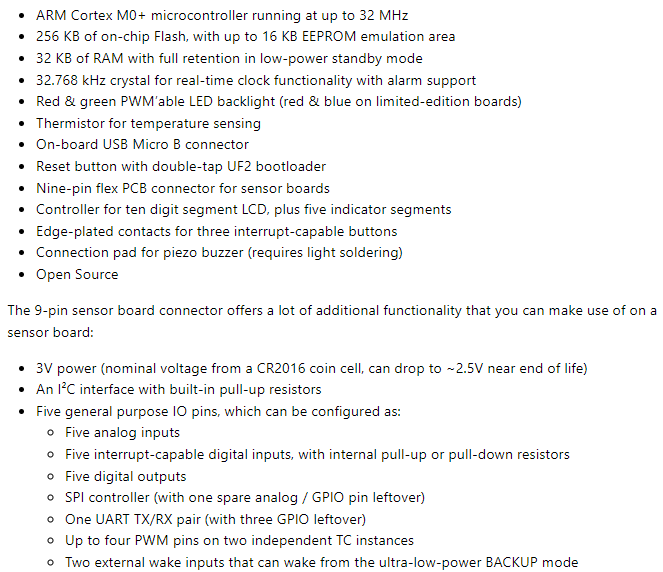
effect:
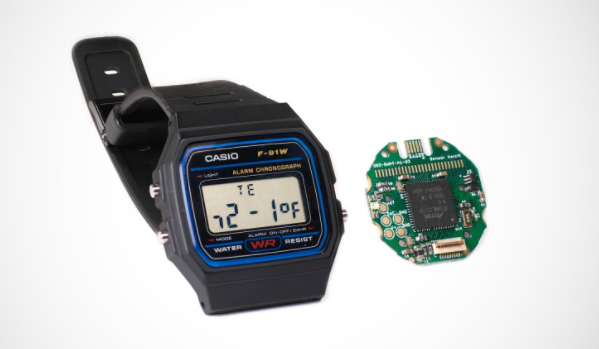
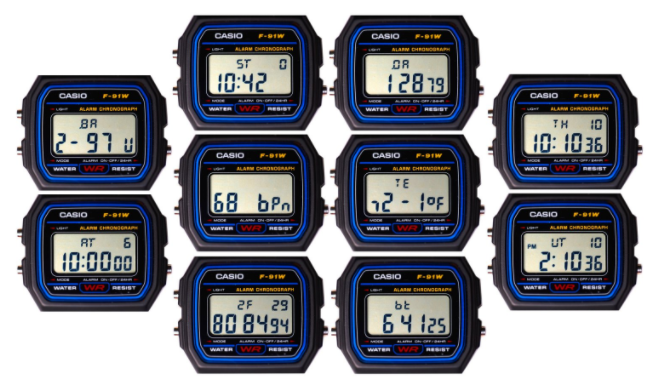
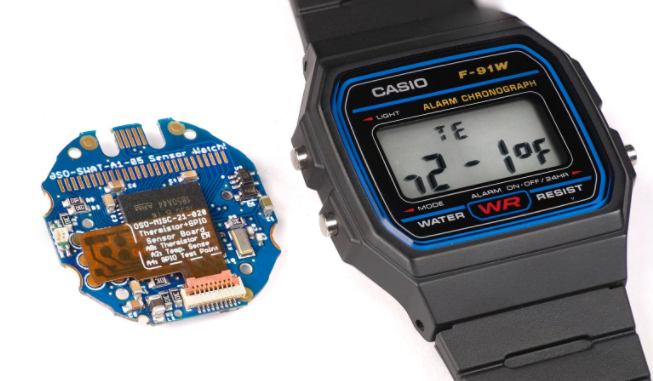
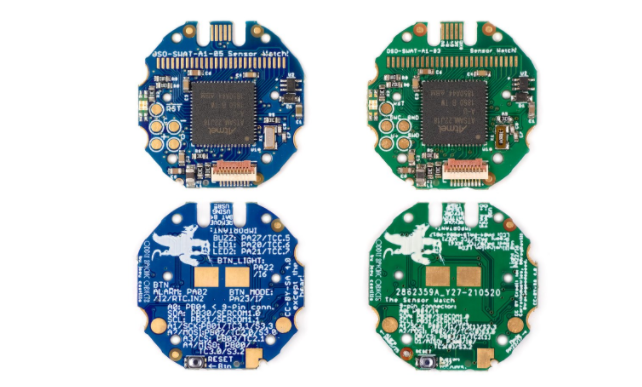
6. Next generation automotive instrument OLED DDIC
https://www.magnachip.com/magnachip-develops-next-generation-oled-ddic-for-automotive-displays/
Magnachip Magna semiconductor is developing an automotive OLED DDIC based on 40nm process technology, which is specially designed for center console display and instrument display
The next generation DDIC supports multiple resolutions including FHD, and is also suitable for rigid and flexible OLED displays.
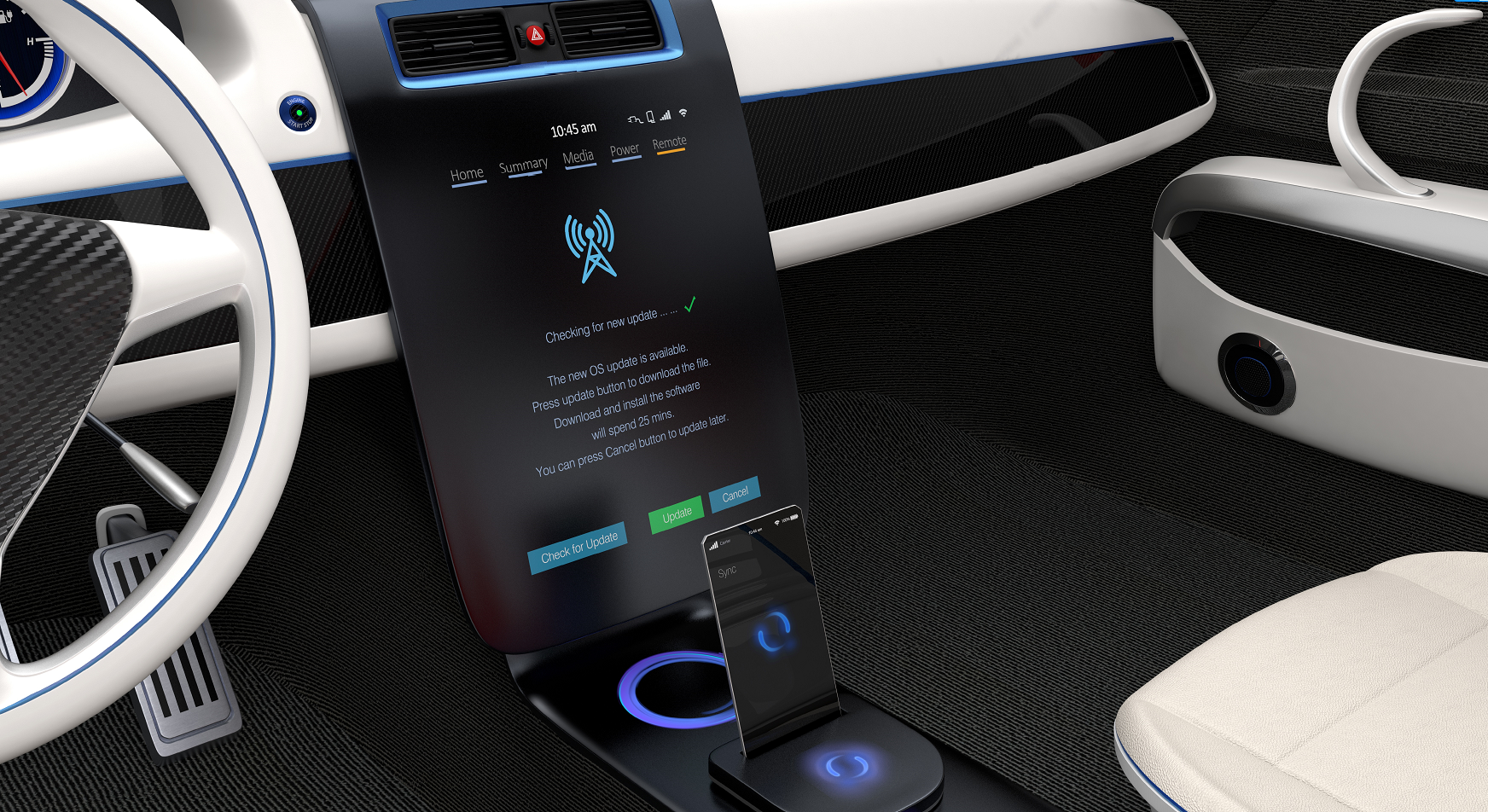
7. RUST programming language small GUI library, suitable for resource constrained chips
Brush Github inadvertently. If you are interested in the RUST programming language, you can run.
Rust language is an efficient and reliable general high-level language. It has high development efficiency, has the general efficient development syntax of JavaScript and the execution efficiency of C language, and supports the development of the underlying platform.
embedded-graphics/embedded-graphics: A no_std graphics library for embedded applications (github.com)
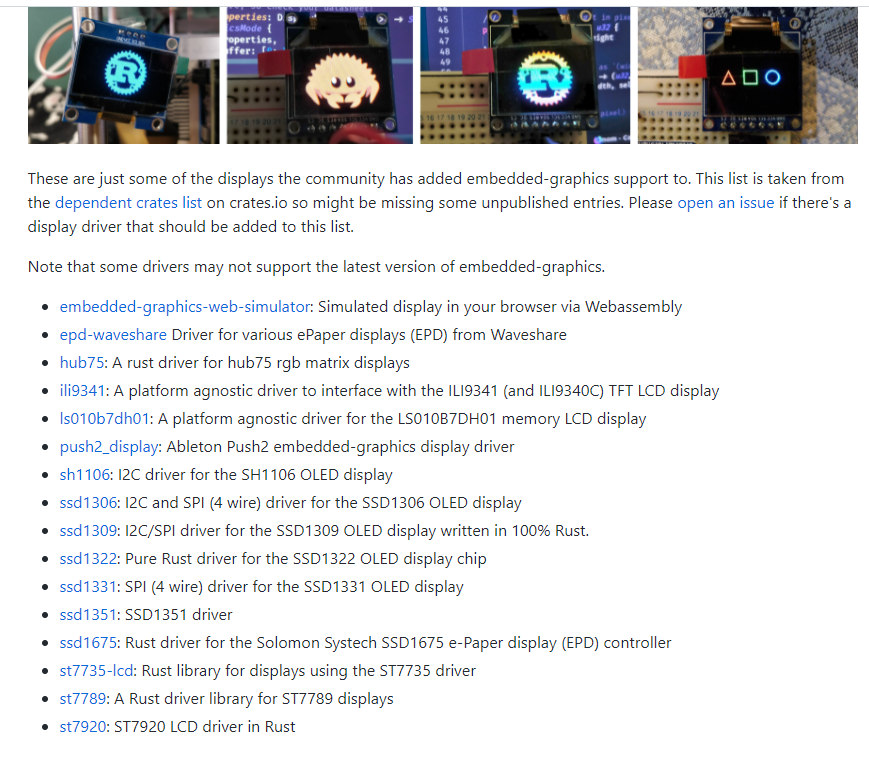
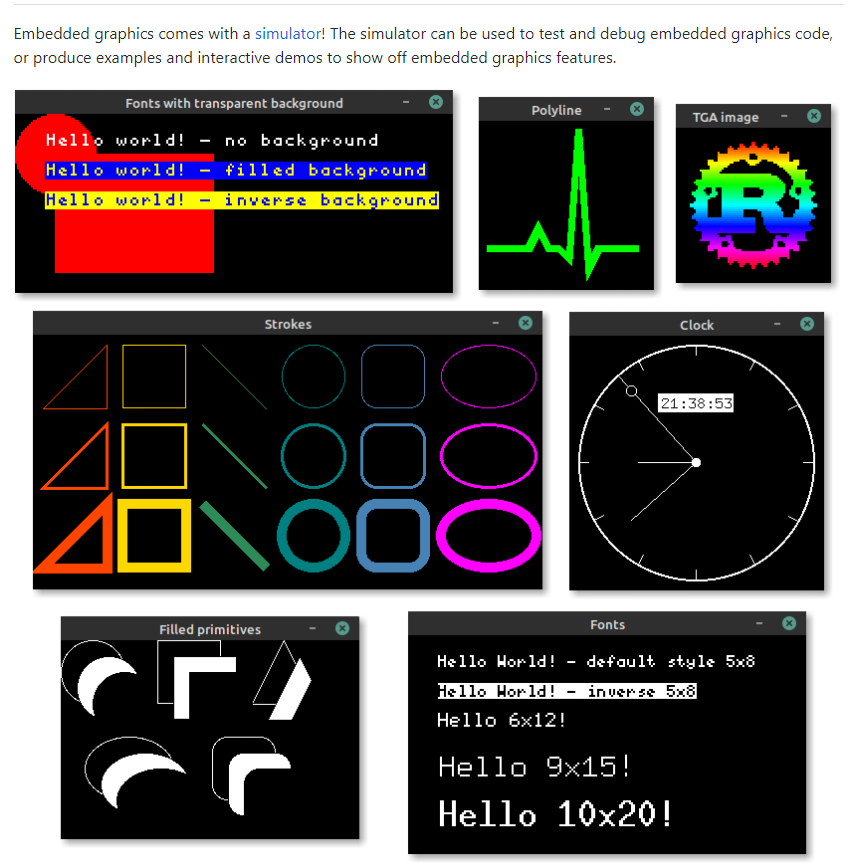
8. Open source practical current and magnetic field probe little bee
https://github.com/westonb/little-bee-B1
https://www.crowdsupply.com/weston-braun/little-bee
Little Bee is an affordable high-performance current probe and magnetic field probe, which can debug and analyze electronic equipment more effectively.
Video presentation:
https://v.qq.com/x/page/q3318esalww.html
Magnetic field induction:
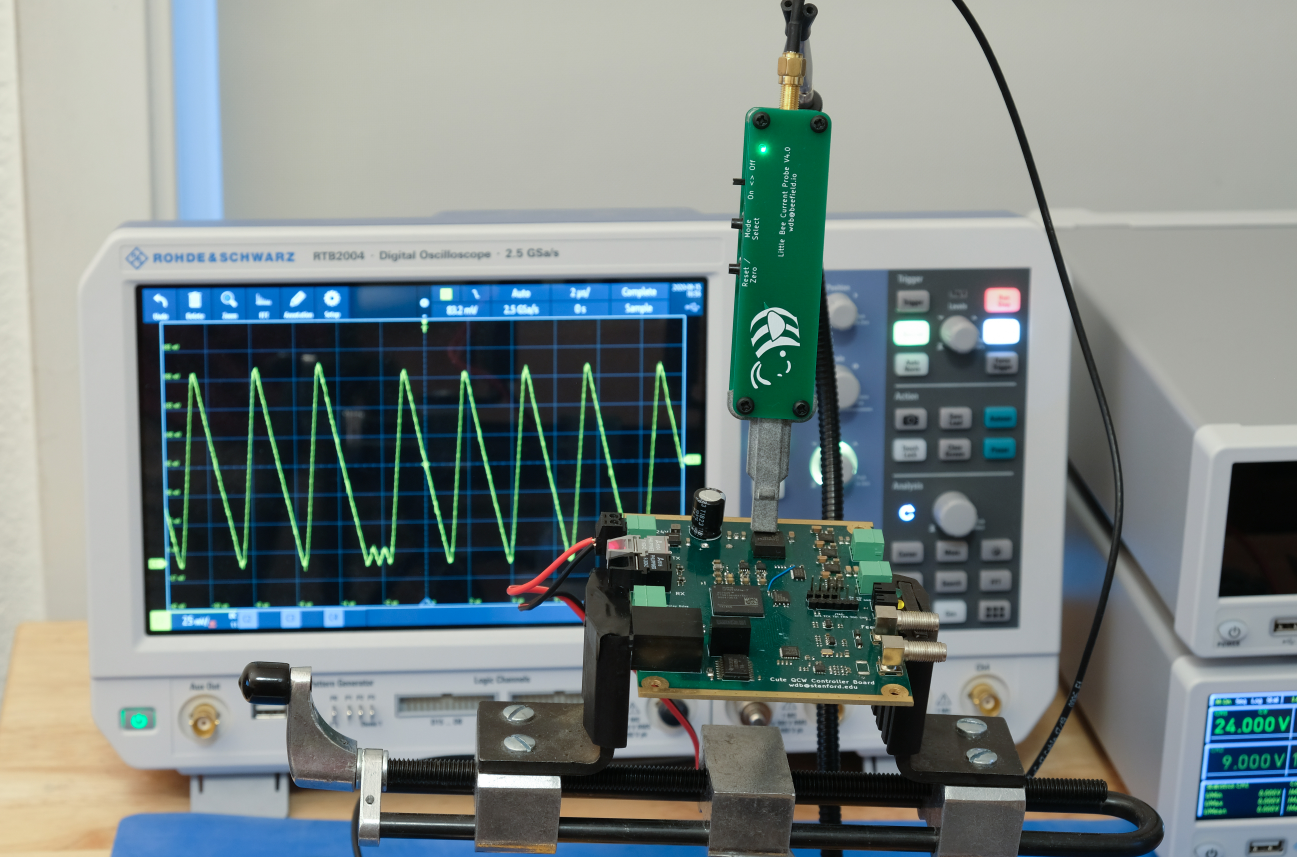
Current measurement:
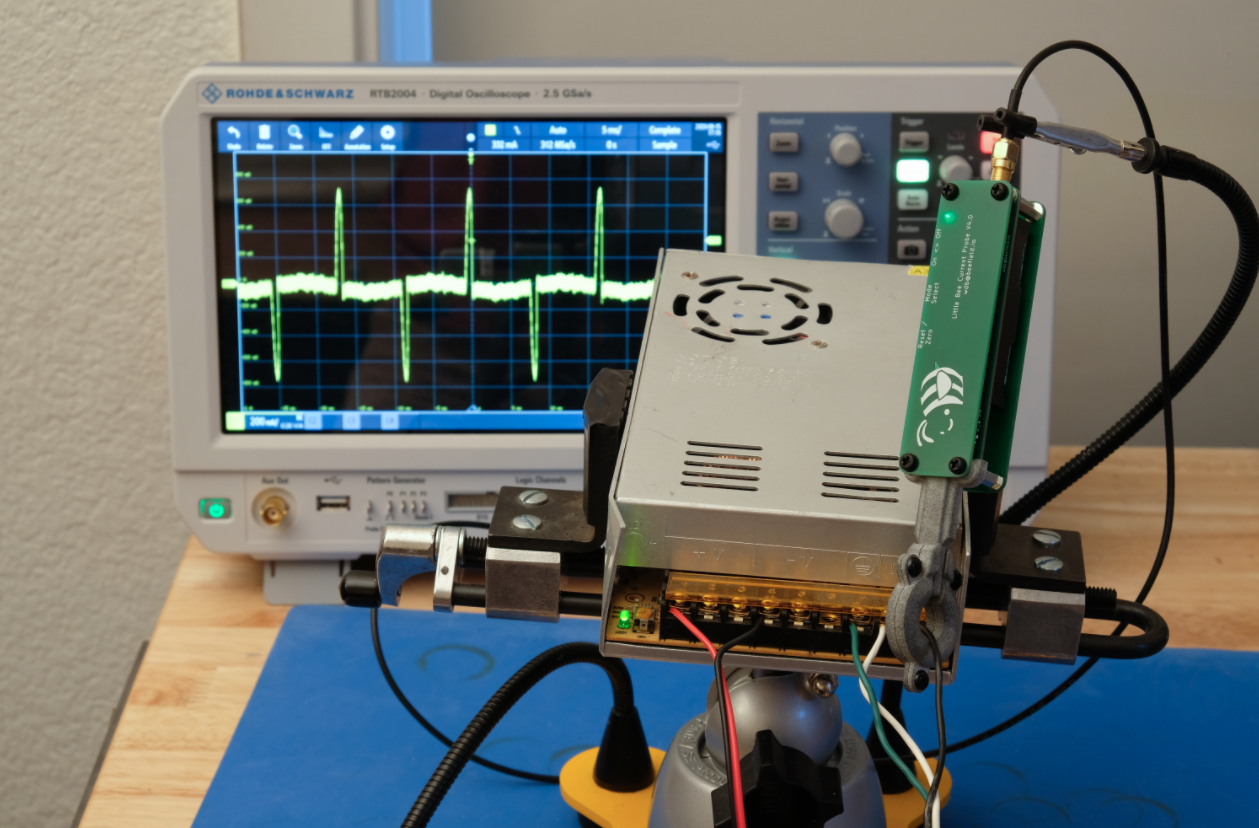
Specifications:
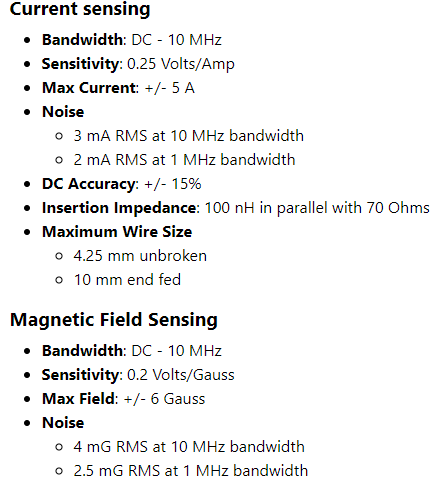
9. The calculation software launched by TI is mainly used for operational amplifier, comparator, data conversion, noise, PCB, sensor, I2C pull-up calculation, etc
ANALOG-ENGINEER-CALC Calculation tool | TI.com
Forum Download:
Setup_Analog_Engineer_Calc.exe (371.37MB)
effect:
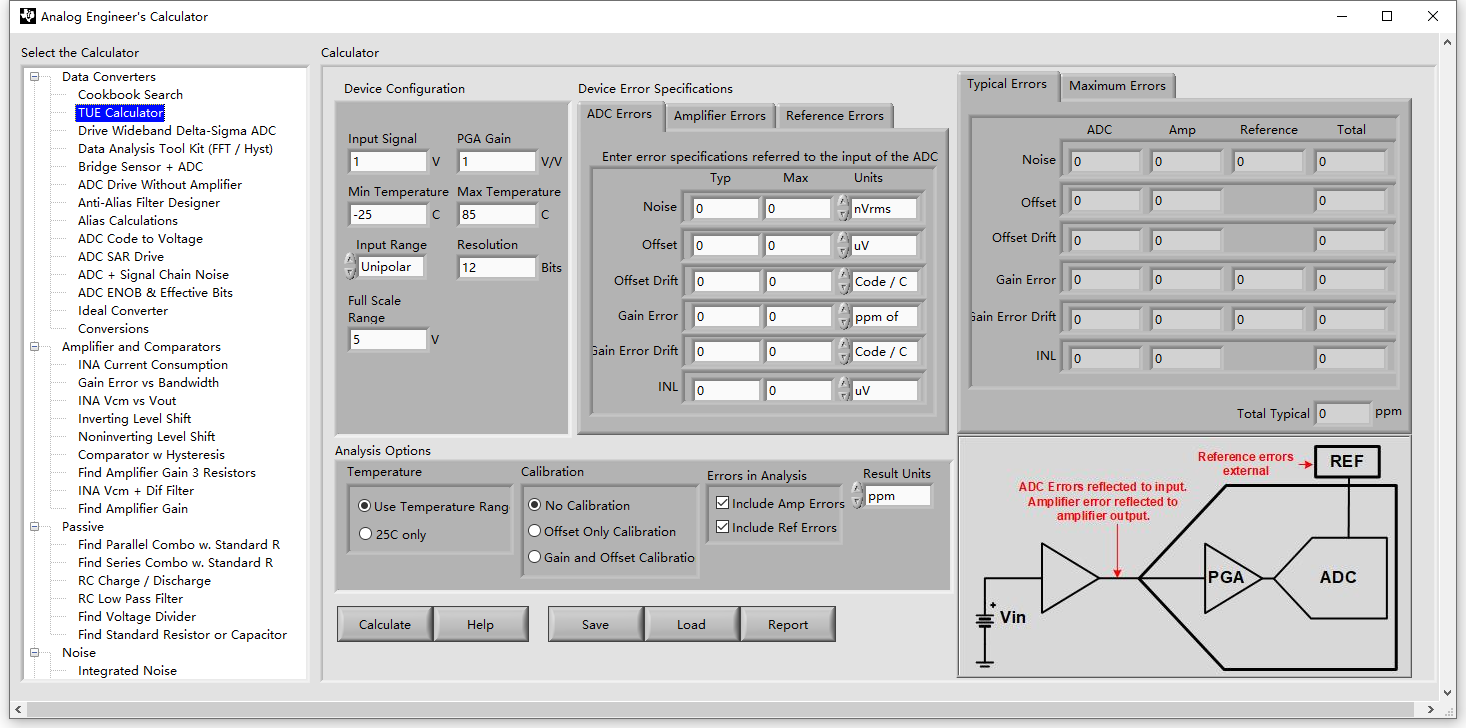
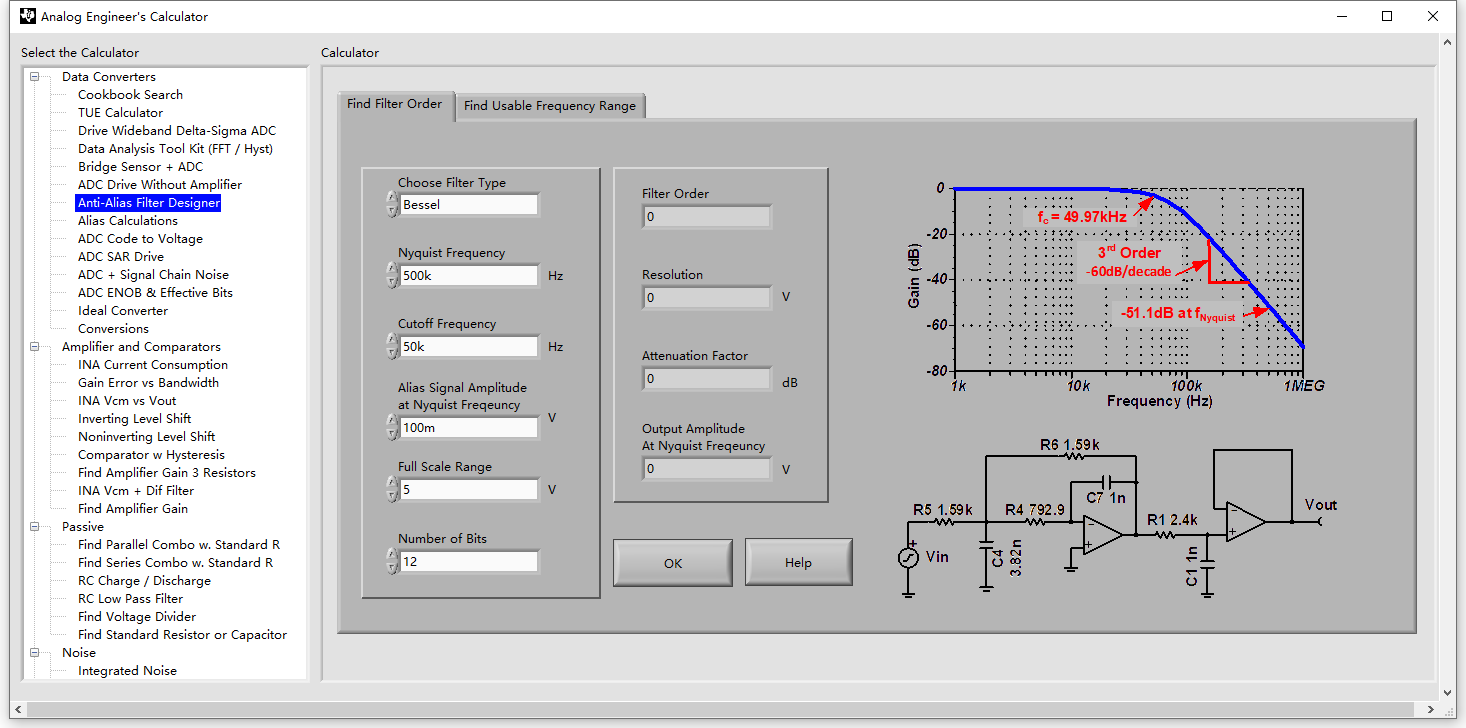
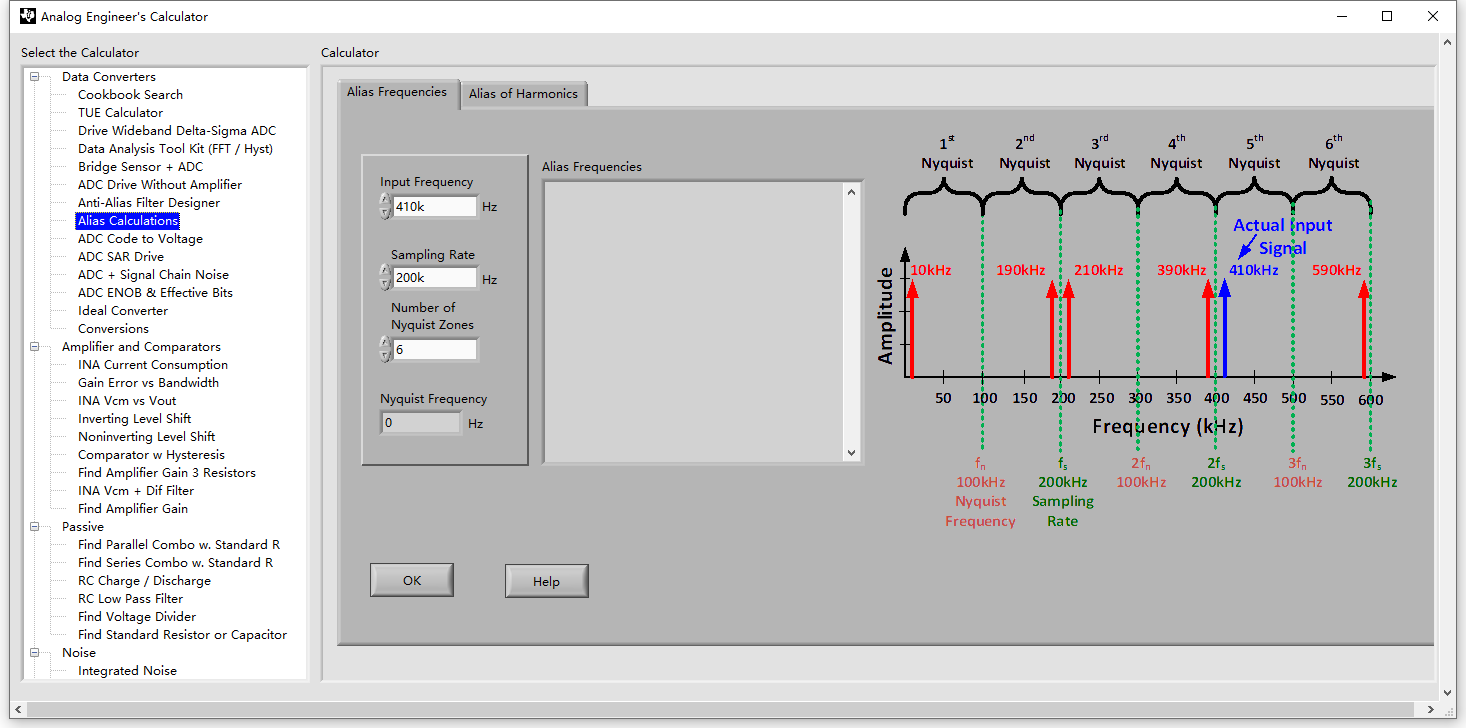
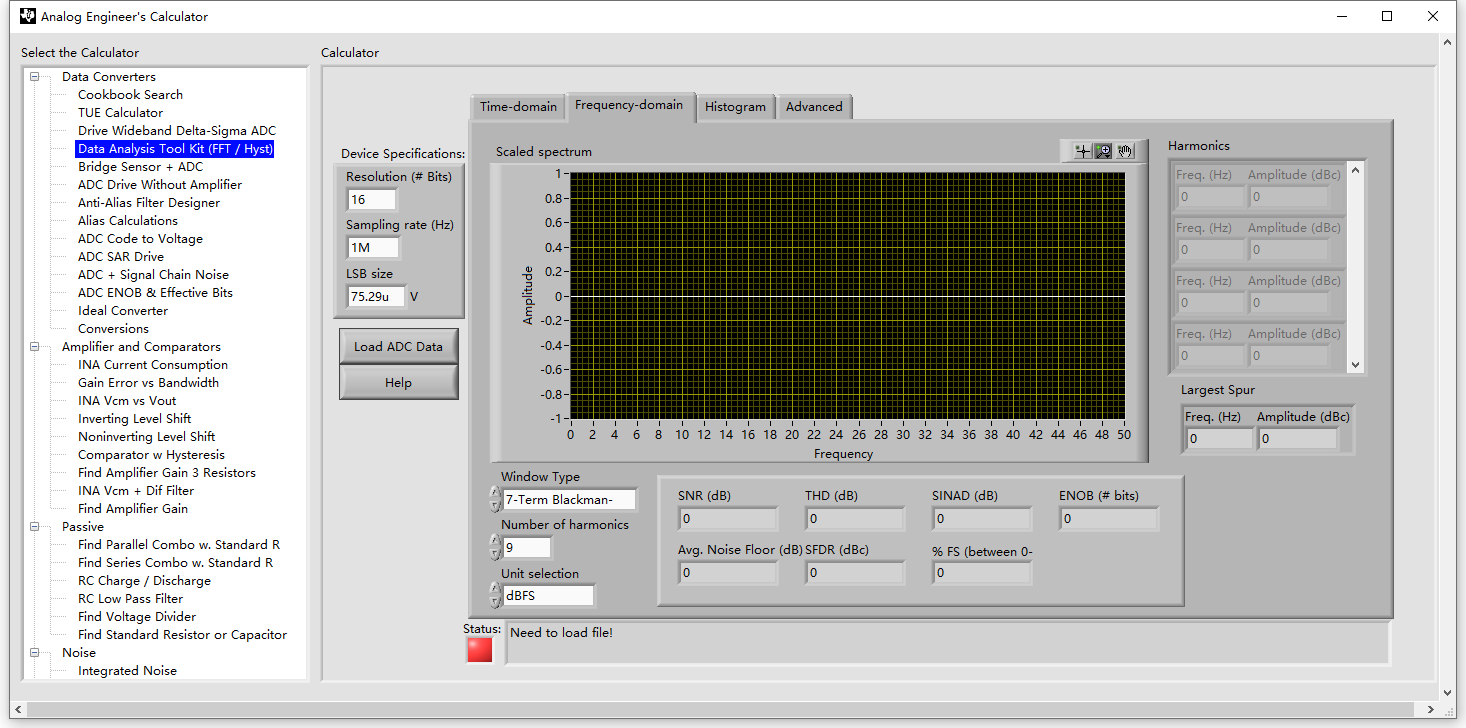
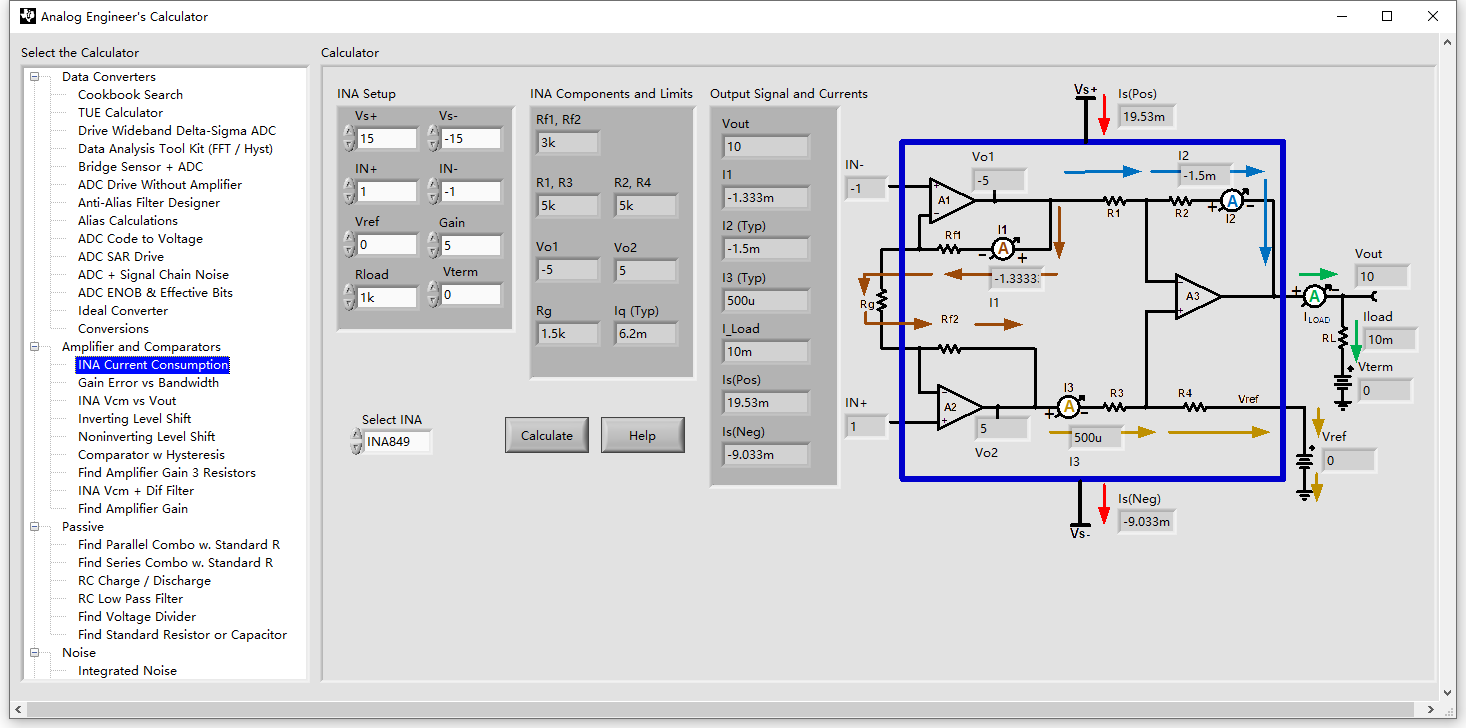
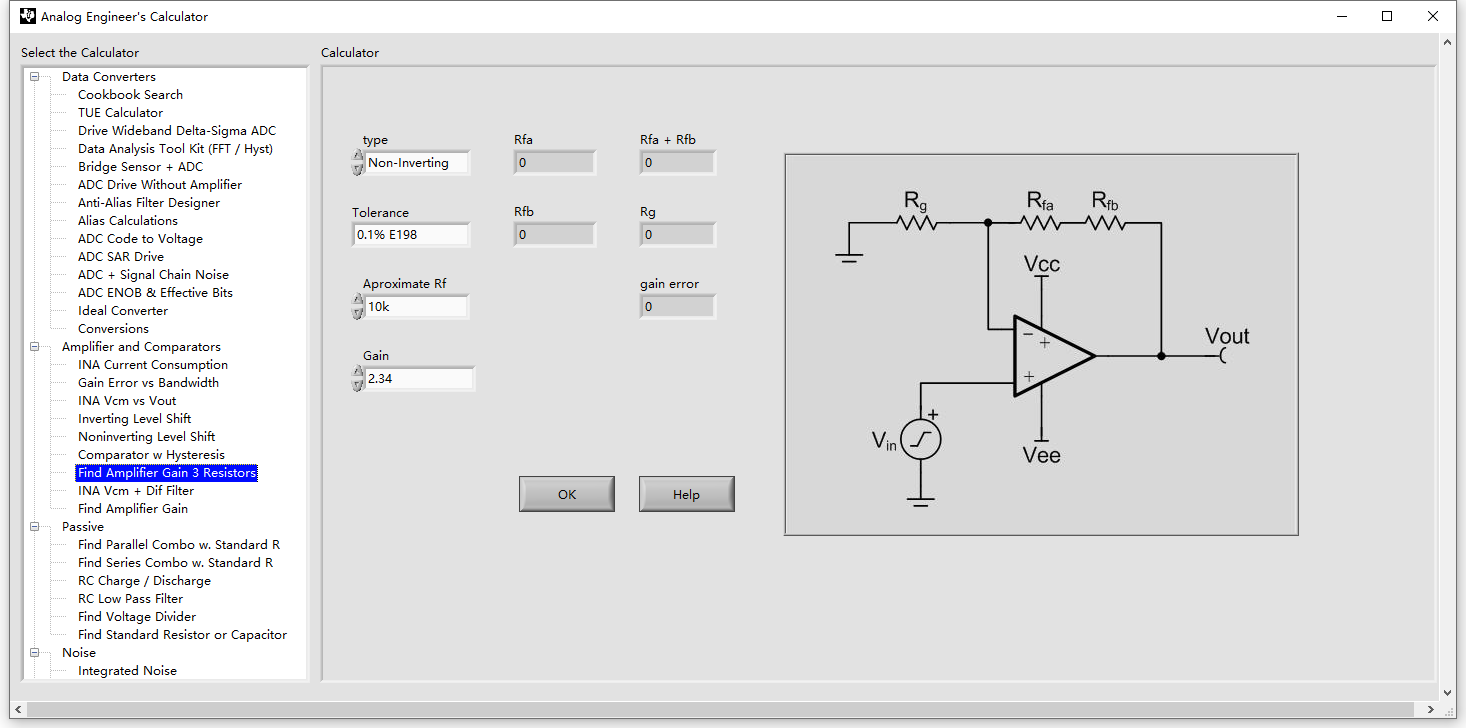
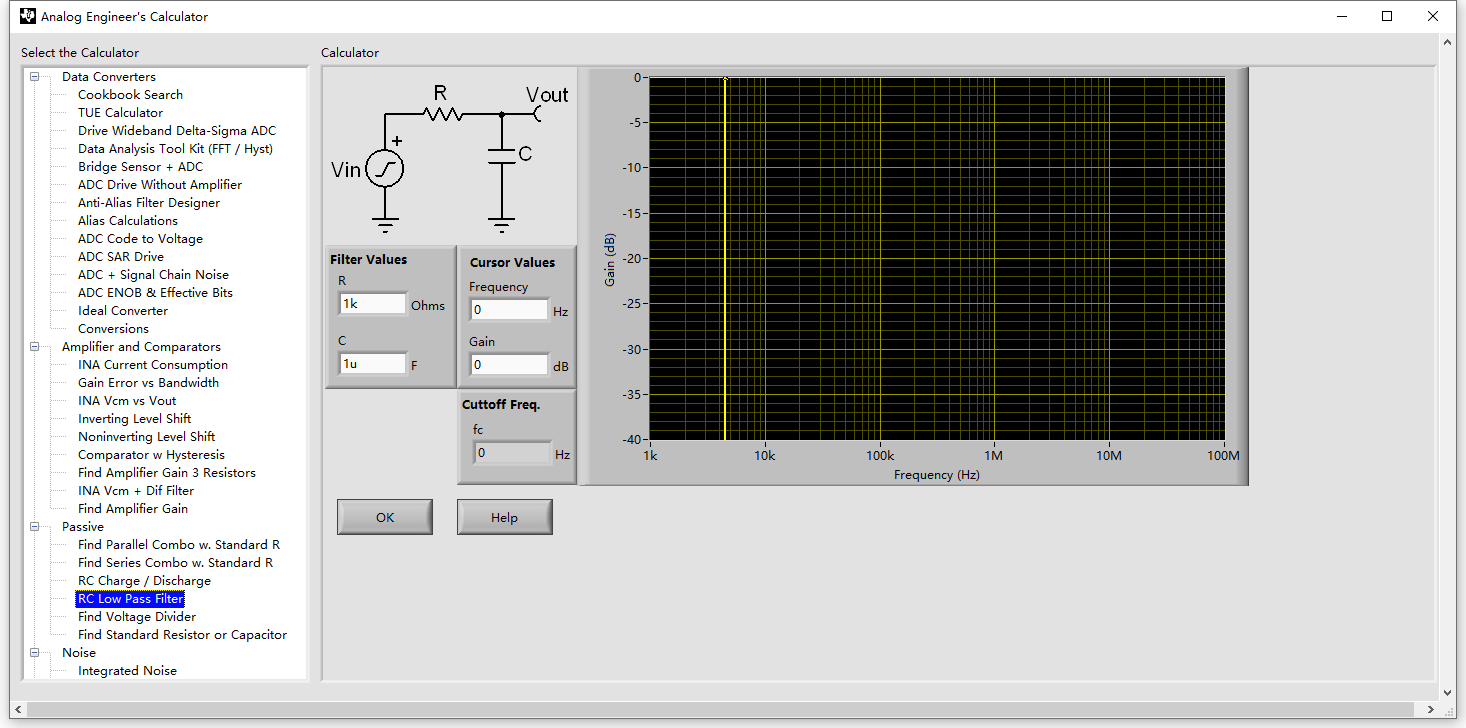
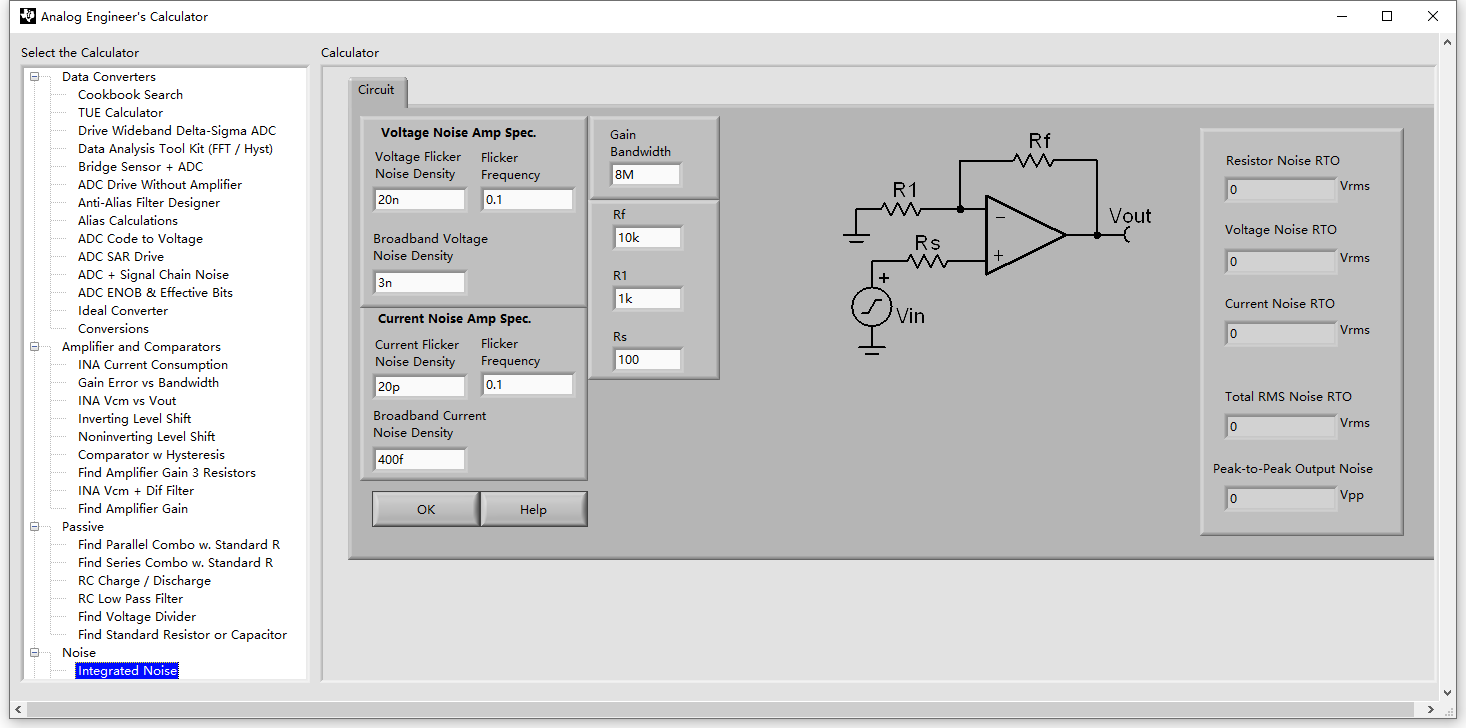
10. Mass connection test of ThreadX NetXDUO network protocol
Experiments show that as long as there are enough resources, how many connections can be competent.
(1) ThreadX NetXDUO receives 100 clients as a server. The test is successful and shares the project and test results
Detailed description and example Download: https://www.armbbs.cn/forum.php?mod=viewthread&tid=110613
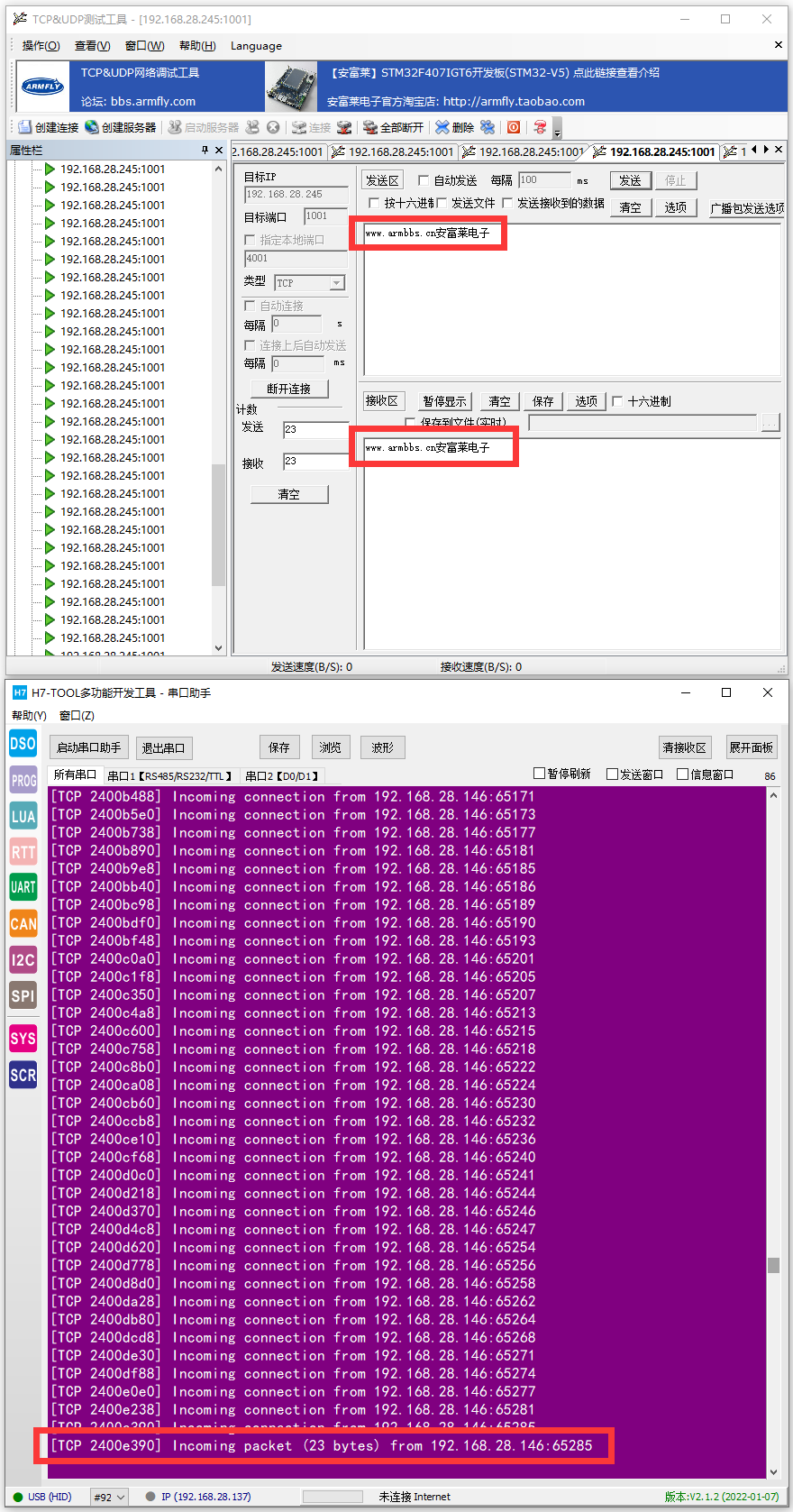
(2) ThreadX NetXDUO creates 200 TCP clients to connect to the remote server. It's OK to share the project and test results
Detailed description and example Download: https://www.armbbs.cn/forum.php?mod=viewthread&tid=110602
After the board is powered on, you will see 200 connections.
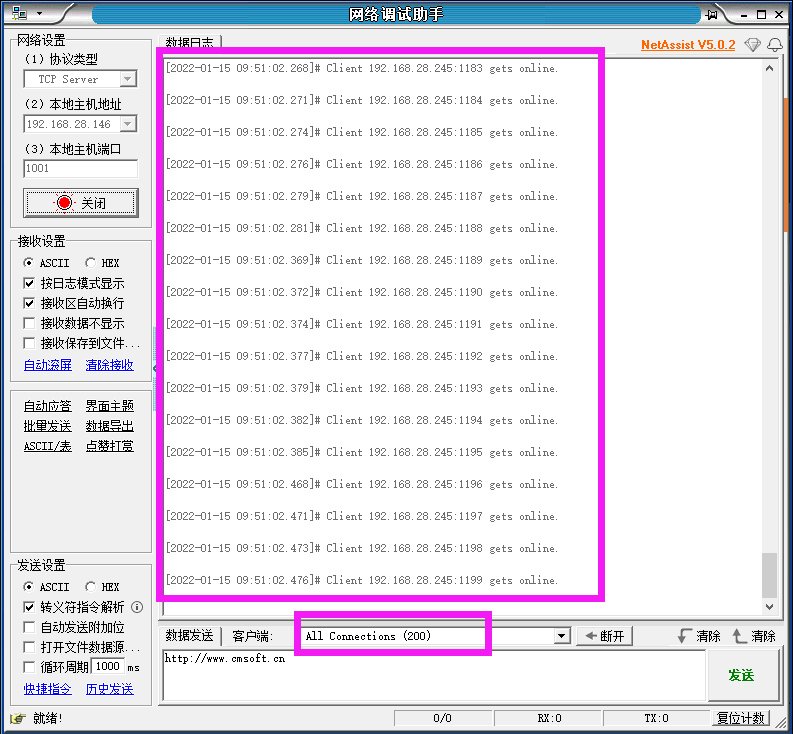
I'll send characters to 200 clients here www.armbbs.cn
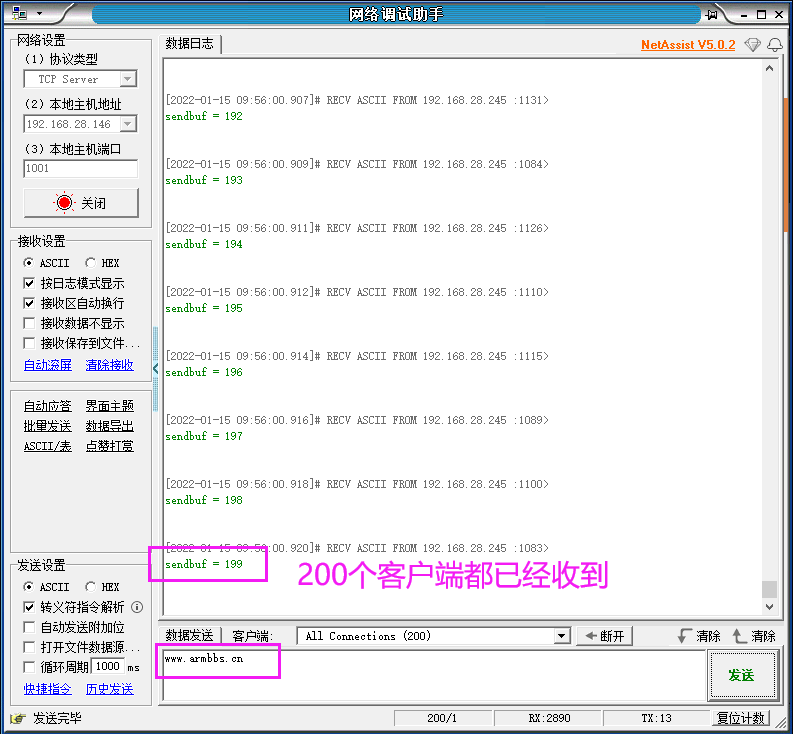
Data printing received by serial port:
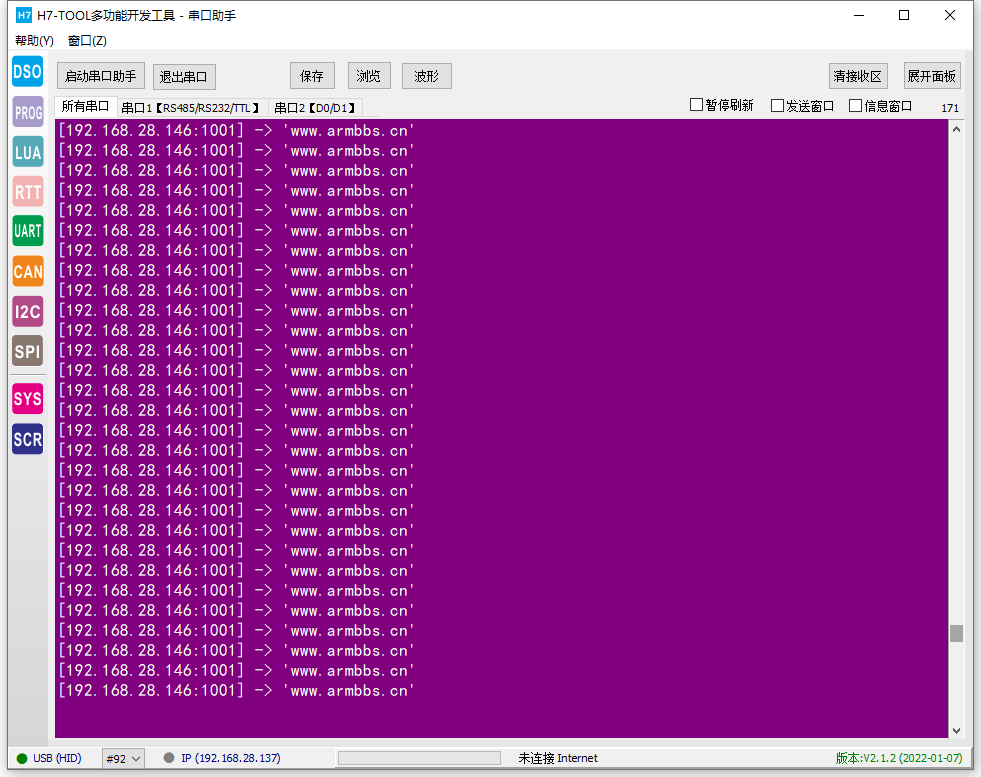
11. Progress of H7-TOOL this week
H7-TOOL details: https://www.armbbs.cn/forum.php?mod=viewthread&tid=89934
(1) H7-TOOL's high-speed DAPLINK or other downloaders have low power consumption. Projects such as watchdog can freeze them and continue debugging
This is a specially designed function of the chip, which is to facilitate users to download in low-power mode and continue to use debugging. For STM32H7, you can set it here in MDK option:
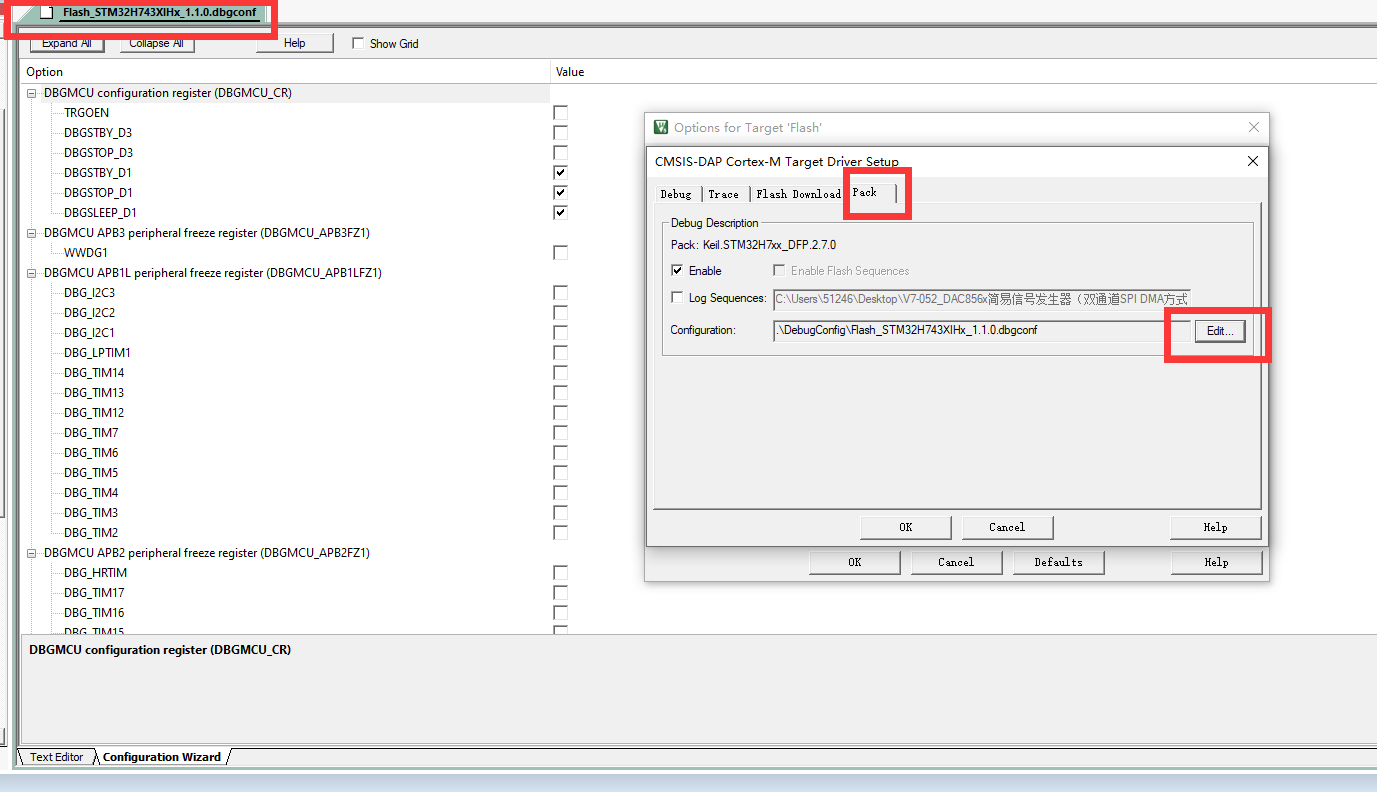
You can also call API settings directly:
/** @brief Freeze/Unfreeze Peripherals in Debug mode */ #define __HAL_DBGMCU_FREEZE_WWDG1() (DBGMCU->APB3FZ1 |= (DBGMCU_APB3FZ1_DBG_WWDG1)) #define __HAL_DBGMCU_FREEZE_TIM2() (DBGMCU->APB1LFZ1 |= (DBGMCU_APB1LFZ1_DBG_TIM2)) #define __HAL_DBGMCU_FREEZE_TIM3() (DBGMCU->APB1LFZ1 |= (DBGMCU_APB1LFZ1_DBG_TIM3)) #define __HAL_DBGMCU_FREEZE_TIM4() (DBGMCU->APB1LFZ1 |= (DBGMCU_APB1LFZ1_DBG_TIM4)) #define __HAL_DBGMCU_FREEZE_TIM5() (DBGMCU->APB1LFZ1 |= (DBGMCU_APB1LFZ1_DBG_TIM5)) #define __HAL_DBGMCU_FREEZE_TIM6() (DBGMCU->APB1LFZ1 |= (DBGMCU_APB1LFZ1_DBG_TIM6)) #define __HAL_DBGMCU_FREEZE_TIM7() (DBGMCU->APB1LFZ1 |= (DBGMCU_APB1LFZ1_DBG_TIM7)) #define __HAL_DBGMCU_FREEZE_TIM12() (DBGMCU->APB1LFZ1 |= (DBGMCU_APB1LFZ1_DBG_TIM12)) #define __HAL_DBGMCU_FREEZE_TIM13() (DBGMCU->APB1LFZ1 |= (DBGMCU_APB1LFZ1_DBG_TIM13)) #define __HAL_DBGMCU_FREEZE_TIM14() (DBGMCU->APB1LFZ1 |= (DBGMCU_APB1LFZ1_DBG_TIM14)) #define __HAL_DBGMCU_FREEZE_LPTIM1() (DBGMCU->APB1LFZ1 |= (DBGMCU_APB1LFZ1_DBG_LPTIM1)) #define __HAL_DBGMCU_FREEZE_I2C1() (DBGMCU->APB1LFZ1 |= (DBGMCU_APB1LFZ1_DBG_I2C1)) #define __HAL_DBGMCU_FREEZE_I2C2() (DBGMCU->APB1LFZ1 |= (DBGMCU_APB1LFZ1_DBG_I2C2)) #define __HAL_DBGMCU_FREEZE_I2C3() (DBGMCU->APB1LFZ1 |= (DBGMCU_APB1LFZ1_DBG_I2C3)) #define __HAL_DBGMCU_FREEZE_FDCAN() (DBGMCU->APB1HFZ1 |= (DBGMCU_APB1HFZ1_DBG_FDCAN)) #define __HAL_DBGMCU_FREEZE_TIM1() (DBGMCU->APB2FZ1 |= (DBGMCU_APB2FZ1_DBG_TIM1)) #define __HAL_DBGMCU_FREEZE_TIM8() (DBGMCU->APB2FZ1 |= (DBGMCU_APB2FZ1_DBG_TIM8)) #define __HAL_DBGMCU_FREEZE_TIM15() (DBGMCU->APB2FZ1 |= (DBGMCU_APB2FZ1_DBG_TIM15)) #define __HAL_DBGMCU_FREEZE_TIM16() (DBGMCU->APB2FZ1 |= (DBGMCU_APB2FZ1_DBG_TIM16)) #define __HAL_DBGMCU_FREEZE_TIM17() (DBGMCU->APB2FZ1 |= (DBGMCU_APB2FZ1_DBG_TIM17)) #define __HAL_DBGMCU_FREEZE_HRTIM() (DBGMCU->APB2FZ1 |= (DBGMCU_APB2FZ1_DBG_HRTIM)) #define __HAL_DBGMCU_FREEZE_I2C4() (DBGMCU->APB4FZ1 |= (DBGMCU_APB4FZ1_DBG_I2C4)) #define __HAL_DBGMCU_FREEZE_LPTIM2() (DBGMCU->APB4FZ1 |= (DBGMCU_APB4FZ1_DBG_LPTIM2)) #define __HAL_DBGMCU_FREEZE_LPTIM3() (DBGMCU->APB4FZ1 |= (DBGMCU_APB4FZ1_DBG_LPTIM3)) #define __HAL_DBGMCU_FREEZE_LPTIM4() (DBGMCU->APB4FZ1 |= (DBGMCU_APB4FZ1_DBG_LPTIM4)) #define __HAL_DBGMCU_FREEZE_LPTIM5() (DBGMCU->APB4FZ1 |= (DBGMCU_APB4FZ1_DBG_LPTIM5)) #define __HAL_DBGMCU_FREEZE_RTC() (DBGMCU->APB4FZ1 |= (DBGMCU_APB4FZ1_DBG_RTC)) #define __HAL_DBGMCU_FREEZE_IWDG1() (DBGMCU->APB4FZ1 |= (DBGMCU_APB4FZ1_DBG_IWDG1)) #define __HAL_DBGMCU_UnFreeze_WWDG1() (DBGMCU->APB3FZ1 &= ~ (DBGMCU_APB3FZ1_DBG_WWDG1)) #define __HAL_DBGMCU_UnFreeze_TIM2() (DBGMCU->APB1LFZ1 &= ~ (DBGMCU_APB1LFZ1_DBG_TIM2)) #define __HAL_DBGMCU_UnFreeze_TIM3() (DBGMCU->APB1LFZ1 &= ~ (DBGMCU_APB1LFZ1_DBG_TIM3)) #define __HAL_DBGMCU_UnFreeze_TIM4() (DBGMCU->APB1LFZ1 &= ~ (DBGMCU_APB1LFZ1_DBG_TIM4)) #define __HAL_DBGMCU_UnFreeze_TIM5() (DBGMCU->APB1LFZ1 &= ~ (DBGMCU_APB1LFZ1_DBG_TIM5)) #define __HAL_DBGMCU_UnFreeze_TIM6() (DBGMCU->APB1LFZ1 &= ~ (DBGMCU_APB1LFZ1_DBG_TIM6)) #define __HAL_DBGMCU_UnFreeze_TIM7() (DBGMCU->APB1LFZ1 &= ~ (DBGMCU_APB1LFZ1_DBG_TIM7)) #define __HAL_DBGMCU_UnFreeze_TIM12() (DBGMCU->APB1LFZ1 &= ~ (DBGMCU_APB1LFZ1_DBG_TIM12)) #define __HAL_DBGMCU_UnFreeze_TIM13() (DBGMCU->APB1LFZ1 &= ~ (DBGMCU_APB1LFZ1_DBG_TIM13)) #define __HAL_DBGMCU_UnFreeze_TIM14() (DBGMCU->APB1LFZ1 &= ~ (DBGMCU_APB1LFZ1_DBG_TIM14)) #define __HAL_DBGMCU_UnFreeze_LPTIM1() (DBGMCU->APB1LFZ1 &= ~ (DBGMCU_APB1LFZ1_DBG_LPTIM1)) #define __HAL_DBGMCU_UnFreeze_I2C1() (DBGMCU->APB1LFZ1 &= ~ (DBGMCU_APB1LFZ1_DBG_I2C1)) #define __HAL_DBGMCU_UnFreeze_I2C2() (DBGMCU->APB1LFZ1 &= ~ (DBGMCU_APB1LFZ1_DBG_I2C2)) #define __HAL_DBGMCU_UnFreeze_I2C3() (DBGMCU->APB1LFZ1 &= ~ (DBGMCU_APB1LFZ1_DBG_I2C3)) #define __HAL_DBGMCU_UnFreeze_FDCAN() (DBGMCU->APB1HFZ1 &= ~ (DBGMCU_APB1HFZ1_DBG_FDCAN)) #define __HAL_DBGMCU_UnFreeze_TIM1() (DBGMCU->APB2FZ1 &= ~ (DBGMCU_APB2FZ1_DBG_TIM1)) #define __HAL_DBGMCU_UnFreeze_TIM8() (DBGMCU->APB2FZ1 &= ~ (DBGMCU_APB2FZ1_DBG_TIM8)) #define __HAL_DBGMCU_UnFreeze_TIM15() (DBGMCU->APB2FZ1 &= ~ (DBGMCU_APB2FZ1_DBG_TIM15)) #define __HAL_DBGMCU_UnFreeze_TIM16() (DBGMCU->APB2FZ1 &= ~ (DBGMCU_APB2FZ1_DBG_TIM16)) #define __HAL_DBGMCU_UnFreeze_TIM17() (DBGMCU->APB2FZ1 &= ~ (DBGMCU_APB2FZ1_DBG_TIM17)) #define __HAL_DBGMCU_UnFreeze_HRTIM() (DBGMCU->APB2FZ1 &= ~ (DBGMCU_APB2FZ1_DBG_HRTIM)) #define __HAL_DBGMCU_UnFreeze_I2C4() (DBGMCU->APB4FZ1 &= ~ (DBGMCU_APB4FZ1_DBG_I2C4)) #define __HAL_DBGMCU_UnFreeze_LPTIM2() (DBGMCU->APB4FZ1 &= ~ (DBGMCU_APB4FZ1_DBG_LPTIM2)) #define __HAL_DBGMCU_UnFreeze_LPTIM3() (DBGMCU->APB4FZ1 &= ~ (DBGMCU_APB4FZ1_DBG_LPTIM3)) #define __HAL_DBGMCU_UnFreeze_LPTIM4() (DBGMCU->APB4FZ1 &= ~ (DBGMCU_APB4FZ1_DBG_LPTIM4)) #define __HAL_DBGMCU_UnFreeze_LPTIM5() (DBGMCU->APB4FZ1 &= ~ (DBGMCU_APB4FZ1_DBG_LPTIM5)) #define __HAL_DBGMCU_UnFreeze_RTC() (DBGMCU->APB4FZ1 &= ~ (DBGMCU_APB4FZ1_DBG_RTC)) #define __HAL_DBGMCU_UnFreeze_IWDG1() (DBGMCU->APB4FZ1 &= ~ (DBGMCU_APB4FZ1_DBG_IWDG1)) #if defined(DUAL_CORE) #define __HAL_DBGMCU_FREEZE2_IWDG2() (DBGMCU->APB4FZ2 |= (DBGMCU_APB4FZ2_DBG_IWDG2)) #define __HAL_DBGMCU_FREEZE2_WWDG2() (DBGMCU->APB1LFZ2 |= (DBGMCU_APB1LFZ2_DBG_WWDG2)) #define __HAL_DBGMCU_UnFreeze2_IWDG2() (DBGMCU->APB4FZ2 &= ~ (DBGMCU_APB4FZ2_DBG_IWDG2)) #define __HAL_DBGMCU_UnFreeze2_WWDG2() (DBGMCU->APB1LFZ2 &= ~ (DBGMCU_APB1LFZ2_DBG_WWDG2)) #define __HAL_DBGMCU_FREEZE2_WWDG1() (DBGMCU->APB3FZ2 |= (DBGMCU_APB3FZ2_DBG_WWDG1)) #define __HAL_DBGMCU_FREEZE2_TIM2() (DBGMCU->APB1LFZ2 |= (DBGMCU_APB1LFZ2_DBG_TIM2)) #define __HAL_DBGMCU_FREEZE2_TIM3() (DBGMCU->APB1LFZ2 |= (DBGMCU_APB1LFZ2_DBG_TIM3)) #define __HAL_DBGMCU_FREEZE2_TIM4() (DBGMCU->APB1LFZ2 |= (DBGMCU_APB1LFZ2_DBG_TIM4)) #define __HAL_DBGMCU_FREEZE2_TIM5() (DBGMCU->APB1LFZ2 |= (DBGMCU_APB1LFZ2_DBG_TIM5)) #define __HAL_DBGMCU_FREEZE2_TIM6() (DBGMCU->APB1LFZ2 |= (DBGMCU_APB1LFZ2_DBG_TIM6)) #define __HAL_DBGMCU_FREEZE2_TIM7() (DBGMCU->APB1LFZ2 |= (DBGMCU_APB1LFZ2_DBG_TIM7)) #define __HAL_DBGMCU_FREEZE2_TIM12() (DBGMCU->APB1LFZ2 |= (DBGMCU_APB1LFZ2_DBG_TIM12)) #define __HAL_DBGMCU_FREEZE2_TIM13() (DBGMCU->APB1LFZ2 |= (DBGMCU_APB1LFZ2_DBG_TIM13)) #define __HAL_DBGMCU_FREEZE2_TIM14() (DBGMCU->APB1LFZ2 |= (DBGMCU_APB1LFZ2_DBG_TIM14)) #define __HAL_DBGMCU_FREEZE2_LPTIM1() (DBGMCU->APB1LFZ2 |= (DBGMCU_APB1LFZ2_DBG_LPTIM1)) #define __HAL_DBGMCU_FREEZE2_I2C1() (DBGMCU->APB1LFZ2 |= (DBGMCU_APB1LFZ2_DBG_I2C1)) #define __HAL_DBGMCU_FREEZE2_I2C2() (DBGMCU->APB1LFZ2 |= (DBGMCU_APB1LFZ2_DBG_I2C2)) #define __HAL_DBGMCU_FREEZE2_I2C3() (DBGMCU->APB1LFZ2 |= (DBGMCU_APB1LFZ2_DBG_I2C3)) #define __HAL_DBGMCU_FREEZE2_FDCAN() (DBGMCU->APB1HFZ2 |= (DBGMCU_APB1HFZ2_DBG_FDCAN)) #define __HAL_DBGMCU_FREEZE2_TIM1() (DBGMCU->APB2FZ2 |= (DBGMCU_APB2FZ2_DBG_TIM1)) #define __HAL_DBGMCU_FREEZE2_TIM8() (DBGMCU->APB2FZ2 |= (DBGMCU_APB2FZ2_DBG_TIM8)) #define __HAL_DBGMCU_FREEZE2_TIM15() (DBGMCU->APB2FZ2 |= (DBGMCU_APB2FZ2_DBG_TIM15)) #define __HAL_DBGMCU_FREEZE2_TIM16() (DBGMCU->APB2FZ2 |= (DBGMCU_APB2FZ2_DBG_TIM16)) #define __HAL_DBGMCU_FREEZE2_TIM17() (DBGMCU->APB2FZ2 |= (DBGMCU_APB2FZ2_DBG_TIM17)) #define __HAL_DBGMCU_FREEZE2_HRTIM() (DBGMCU->APB2FZ2 |= (DBGMCU_APB2FZ2_DBG_HRTIM)) #define __HAL_DBGMCU_FREEZE2_I2C4() (DBGMCU->APB4FZ2 |= (DBGMCU_APB4FZ2_DBG_I2C4)) #define __HAL_DBGMCU_FREEZE2_LPTIM2() (DBGMCU->APB4FZ2 |= (DBGMCU_APB4FZ2_DBG_LPTIM2)) #define __HAL_DBGMCU_FREEZE2_LPTIM3() (DBGMCU->APB4FZ2 |= (DBGMCU_APB4FZ2_DBG_LPTIM3)) #define __HAL_DBGMCU_FREEZE2_LPTIM4() (DBGMCU->APB4FZ2 |= (DBGMCU_APB4FZ2_DBG_LPTIM4)) #define __HAL_DBGMCU_FREEZE2_LPTIM5() (DBGMCU->APB4FZ2 |= (DBGMCU_APB4FZ2_DBG_LPTIM5)) #define __HAL_DBGMCU_FREEZE2_RTC() (DBGMCU->APB4FZ2 |= (DBGMCU_APB4FZ2_DBG_RTC)) #define __HAL_DBGMCU_FREEZE2_IWDG1() (DBGMCU->APB4FZ2 |= (DBGMCU_APB4FZ2_DBG_IWDG1)) #define __HAL_DBGMCU_UnFreeze2_WWDG1() (DBGMCU->APB3FZ2 &= ~ (DBGMCU_APB3FZ2_DBG_WWDG1)) #define __HAL_DBGMCU_UnFreeze2_TIM2() (DBGMCU->APB1LFZ2 &= ~ (DBGMCU_APB1LFZ2_DBG_TIM2)) #define __HAL_DBGMCU_UnFreeze2_TIM3() (DBGMCU->APB1LFZ2 &= ~ (DBGMCU_APB1LFZ2_DBG_TIM3)) #define __HAL_DBGMCU_UnFreeze2_TIM4() (DBGMCU->APB1LFZ2 &= ~ (DBGMCU_APB1LFZ2_DBG_TIM4)) #define __HAL_DBGMCU_UnFreeze2_TIM5() (DBGMCU->APB1LFZ2 &= ~ (DBGMCU_APB1LFZ2_DBG_TIM5)) #define __HAL_DBGMCU_UnFreeze2_TIM6() (DBGMCU->APB1LFZ2 &= ~ (DBGMCU_APB1LFZ2_DBG_TIM6)) #define __HAL_DBGMCU_UnFreeze2_TIM7() (DBGMCU->APB1LFZ2 &= ~ (DBGMCU_APB1LFZ2_DBG_TIM7)) #define __HAL_DBGMCU_UnFreeze2_TIM12() (DBGMCU->APB1LFZ2 &= ~ (DBGMCU_APB1LFZ2_DBG_TIM12)) #define __HAL_DBGMCU_UnFreeze2_TIM13() (DBGMCU->APB1LFZ2 &= ~ (DBGMCU_APB1LFZ2_DBG_TIM13)) #define __HAL_DBGMCU_UnFreeze2_TIM14() (DBGMCU->APB1LFZ2 &= ~ (DBGMCU_APB1LFZ2_DBG_TIM14)) #define __HAL_DBGMCU_UnFreeze2_LPTIM1() (DBGMCU->APB1LFZ2 &= ~ (DBGMCU_APB1LFZ2_DBG_LPTIM1)) #define __HAL_DBGMCU_UnFreeze2_I2C1() (DBGMCU->APB1LFZ2 &= ~ (DBGMCU_APB1LFZ2_DBG_I2C1)) #define __HAL_DBGMCU_UnFreeze2_I2C2() (DBGMCU->APB1LFZ2 &= ~ (DBGMCU_APB1LFZ2_DBG_I2C2)) #define __HAL_DBGMCU_UnFreeze2_I2C3() (DBGMCU->APB1LFZ2 &= ~ (DBGMCU_APB1LFZ2_DBG_I2C3)) #define __HAL_DBGMCU_UnFreeze2_FDCAN() (DBGMCU->APB1HFZ2 &= ~ (DBGMCU_APB1HFZ2_DBG_FDCAN)) #define __HAL_DBGMCU_UnFreeze2_TIM1() (DBGMCU->APB2FZ2 &= ~ (DBGMCU_APB2FZ2_DBG_TIM1)) #define __HAL_DBGMCU_UnFreeze2_TIM8() (DBGMCU->APB2FZ2 &= ~ (DBGMCU_APB2FZ2_DBG_TIM8)) #define __HAL_DBGMCU_UnFreeze2_TIM15() (DBGMCU->APB2FZ2 &= ~ (DBGMCU_APB2FZ2_DBG_TIM15)) #define __HAL_DBGMCU_UnFreeze2_TIM16() (DBGMCU->APB2FZ2 &= ~ (DBGMCU_APB2FZ2_DBG_TIM16)) #define __HAL_DBGMCU_UnFreeze2_TIM17() (DBGMCU->APB2FZ2 &= ~ (DBGMCU_APB2FZ2_DBG_TIM17)) #define __HAL_DBGMCU_UnFreeze2_HRTIM() (DBGMCU->APB2FZ2 &= ~ (DBGMCU_APB2FZ2_DBG_HRTIM)) #define __HAL_DBGMCU_UnFreeze2_I2C4() (DBGMCU->APB4FZ2 &= ~ (DBGMCU_APB4FZ2_DBG_I2C4)) #define __HAL_DBGMCU_UnFreeze2_LPTIM2() (DBGMCU->APB4FZ2 &= ~ (DBGMCU_APB4FZ2_DBG_LPTIM2)) #define __HAL_DBGMCU_UnFreeze2_LPTIM3() (DBGMCU->APB4FZ2 &= ~ (DBGMCU_APB4FZ2_DBG_LPTIM3)) #define __HAL_DBGMCU_UnFreeze2_LPTIM4() (DBGMCU->APB4FZ2 &= ~ (DBGMCU_APB4FZ2_DBG_LPTIM4)) #define __HAL_DBGMCU_UnFreeze2_LPTIM5() (DBGMCU->APB4FZ2 &= ~ (DBGMCU_APB4FZ2_DBG_LPTIM5)) #define __HAL_DBGMCU_UnFreeze2_RTC() (DBGMCU->APB4FZ2 &= ~ (DBGMCU_APB4FZ2_DBG_RTC)) #define __HAL_DBGMCU_UnFreeze2_IWDG1() (DBGMCU->APB4FZ2 &= ~ (DBGMCU_APB4FZ2_DBG_IWDG1)) #endif /*DUAL_CORE*/
(2) LUA applet tutorial of H7-TOOL phase 4: I2C bus development
The advantage of LUA script is that users can implement various small programs according to their registered batch of API s (currently, TOOL has provided hundreds of functions for everyone to use). It no longer limits the downloaded programs in Flash, which is similar to installing APP on mobile phone. Therefore, it is widely used in H7-TOOL, supporting online debugging and offline operation.
The LUA tutorial of TOOL strives to make it painless for everyone to call various function functions without learning cost.
Details: https://www.armbbs.cn/forum.php?mod=viewthread&tid=110559
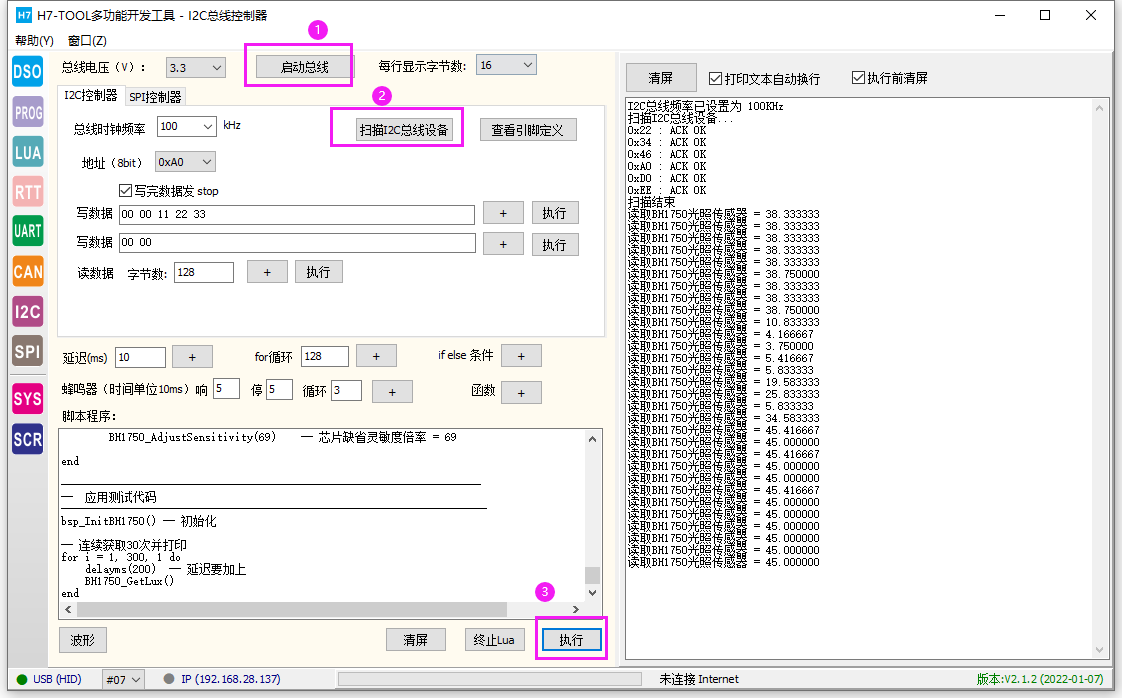
(3) LUA applet tutorial of H7-TOOL phase 5: serial port development, including Modbus
Details: https://www.armbbs.cn/forum.php?mod=viewthread&tid=110616
